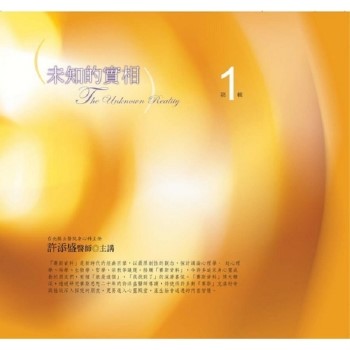This book presents heritage in its material and immaterial matrices as a cultural asset, a sign of identity, social cohesion and the basis for exercising citizenship as a right to cultural participation. The narratives about heritage are the starting point for a reflection based on the social, cultural and economic roles of cultural assets, which, due to their differentiating elements - socio-cultural authenticity and uniqueness - play a vital role in the sustainability of territories and communities. Cultural assets are at the heart of heritage education, a process of "cultural literacy" in the contexts of formal, non-formal and informal education that enhances the community’s awareness of heritage. Socio-cultural animation as a didactic of participation encourages the exercise of citizenship in the processes of safeguarding heritage and local community development. It is essential to understand the cultural, social and educational roles of tourism and the socio-economic role of the social economy, an economy that favours the common good and is an instrument for the active participation of the local community in the processes and dynamics of community development.
| FindBook |
有 1 項符合
Heritage, socio-cultural animation and local community development的圖書 |
 |
Heritage, socio-cultural animation and local community development 作者:Viveiros 出版社:Our Knowledge Publishing 出版日期:2024-07-03 語言:英文 規格:平裝 / 52頁 / 22.86 x 15.24 x 0.3 cm / 普通級/ 初版 |
| 圖書館借閱 |
| 國家圖書館 | 全國圖書書目資訊網 | 國立公共資訊圖書館 | 電子書服務平台 | MetaCat 跨館整合查詢 |
| 臺北市立圖書館 | 新北市立圖書館 | 基隆市公共圖書館 | 桃園市立圖書館 | 新竹縣公共圖書館 |
| 苗栗縣立圖書館 | 臺中市立圖書館 | 彰化縣公共圖書館 | 南投縣文化局 | 雲林縣公共圖書館 |
| 嘉義縣圖書館 | 臺南市立圖書館 | 高雄市立圖書館 | 屏東縣公共圖書館 | 宜蘭縣公共圖書館 |
| 花蓮縣文化局 | 臺東縣文化處 |
|
|
圖書介紹 - 資料來源:博客來 評分:
圖書名稱:Heritage, socio-cultural animation and local community development
|











